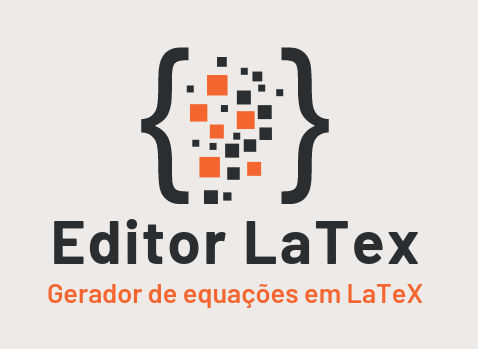Rosana de Oliveira Gomes
Omdena
Erum Afzal
National University of Sciences and Technology
Harini Suresh
Omdena
Resumo simples publicado nos anais do I Congresso Brasileiro de Física: Introduction: Diabetes is a chronic condition which affects the health of many patients over the world. In the recent years, Artificial Intelligence (AI) techniques have shown great potential to improve several areas of society, from finance to medicine. The ability of creating new tools which can rapidly understand the context of patients and automate manual medical procedures has the potential of saving lives. When it comes to patients in critical condition who are admitted to Intensive Care Units (ICUs), being able to track medical histories of incoming patients is still a challenge, as they are often brought unconscious or in severe conditions to provide information such as heart disease, injuries, or diabetes. Moreover, knowing a patient’s diagnosis on diabetes is crucial for making clinical decisions and improving their recovery scenario. Goals: In this work, we investigate if how Artificial Intelligence technique, such as Machine Learning models can infer whether a patient is diagnosed with Diabetes Mellitus or not, by making use only of their ICU admission data. Method: For performing such analysis, we make use of data from MIT’s GOSSIS (Global Open Source Severity of Illness Score) initiative, which is a data set that contains more than 100 features about each patient. The data refers to the first 24 hours of intensive care information of the patient. We initially investigate which features are relevant for the problem, focusing specially on identifying possibly differences in different scenarios based on age and gender. For doing so, we perform methods such as Clustering and Principle Component Analysis (PCA) to reduce the parameters involved in our analysis. After such stage, we revisit different state of the art ML models used in the past for diagnosing this disease, but that were used in different data sets or preprocessing of the data. Results: Our results show that the LightGBM model reaches a performance of 85% of accuracy in diagnosing patients on the present data set. Conclusions: Our analysis show that AI-based models can be a powerful tool for assisting medical evaluation of patients and help the decision making of medical practitioners. From our analysis, it is also possible information are relevant for make such a diagnosis.
Palavras-chave: física medica; física aplicada; inteligência artificial; machine learning




